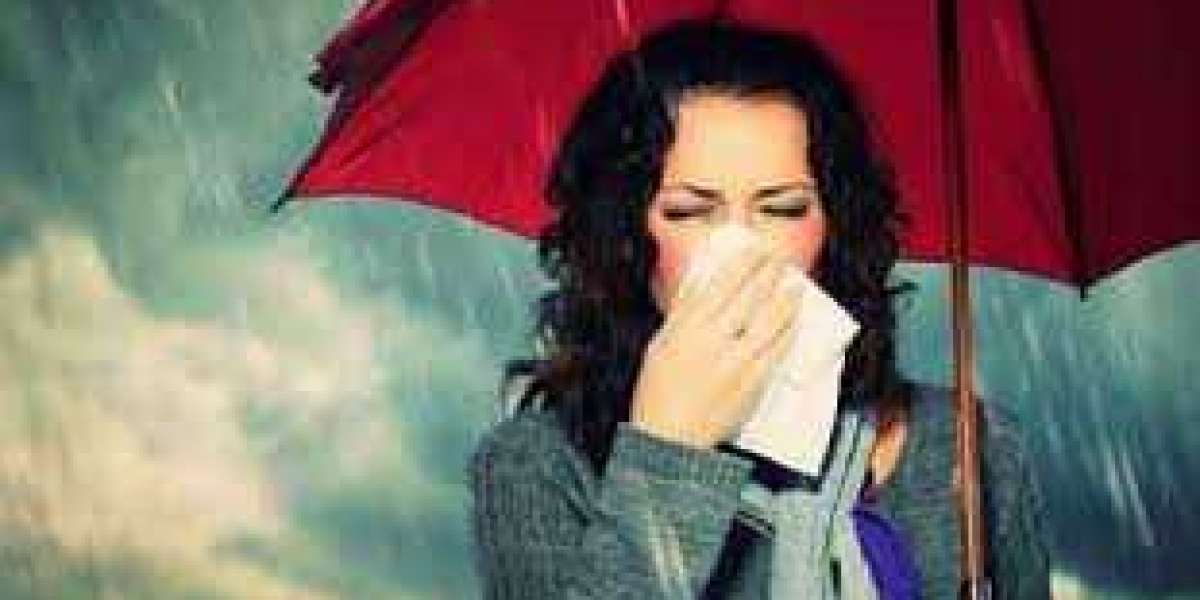Introduction:
Vector-Borne Diseases
Dengue
Chikungunya Fever
Malaria
Gastrointestinal Diseases
Typhoid
Cholera
Stomach Infections
1 Vector-Borne Disease
Dengue
Dengue is a viral disease caused by the bite of an infected Aedes Aegypti mosquito. It is a widespread occurrence in India during the rainy season. In 2021, the country reported around 1.64 lakh cases alone. The Aedes Aegypti mosquito commonly roams around at dusk and dawn, so one should keep their doors and windows shut during this time. You should also be careful not to leave stagnant water for too long as the mosquitoes breed in buckets, flower vases, water coolers, and uncovered barrels.
You will likely develop symptoms post an infection within 5-6 days. It can present as –
Classical Dengue Fever: This is also referred to the ‘break bone fever’ and the associated symptoms are
2 High-grade fever
Rash
Sore throat
Headache
Red eyes
Nausea and vomiting
Joint and muscle ache
Dengue Haemorrhagic Fever: This is a life-threatening condition accompanied by severe symptoms such as:
Chills
Frontal headache
Severe body pain
Flushed skin
Anorexia (loss of appetite)
Abdominal pain and tenderness
Nose bleed
Bruises and petechiae (red spots) on the skin
Chikungunya Fever
Similar to dengue, Chikungunya is also caused by the bite of either an infected Aedes Aegypti mosquito or Aedes Albopictus Mosquito. The mosquito will breed in stagnant water, you should check and clear away water daily. Symptoms will include:
3 High fever
Debilitating joint pain
Myalgia (muscular pain)
Conjunctivitis (pink, watery eyes)
Nausea
Aggravated arthritis pain
Rash or skin bumps
Headache
Malaria
Malaria is caused by the bite of an infected female Anopheles mosquito under similar conditions as Chikungunya and Dengue.
When bit by the concerned mosquito, you will show signs such as:
4 Fever
Rapid breathing
Fatigue
Cough
Rapid heartbeat
Joint or muscle pain
Abdominal pain
Chills
Feeling of discomfort
Malaria can sometimes be fatal when caused by Plasmodium falciparum; it can lead to health complications such as low blood sugar count, organ failure, breathing issues, anemia, and cerebral malaria. Similarly, other mentioned fevers can be dangerous if not diagnosed and treated on time. Diagnose your condition, the doctor will ask questions about your recent travel history, medical record, and age and list down a few blood tests you will need to undertake immediately. Once confirmed, he/she will suggest prescription drugs treat your illness.
5 Gastrointestinal Diseases
Typhoid
Typhoid is a severe condition caused by Salmonella Typhi bacteria through contaminated food and water. The incubation period of the bacteria is about 7-14 days, during which time you will show signs of:
Headaches
Lethargy
Diarrhea
Aches and pains
Reduced appetite
Fever that may rise as high as 104 degrees
Cholera
Cholera is a severe version of diarrhea caused due to intestinal infection with vibrio cholera bacteria. People fall prey to this condition when they consume contaminated food and water. Some may recover with mild symptoms, while others can develop symptoms that can prove life-threatening. Some common signs are:
Gastroesophageal Reflux Disease (GERD)
Acidity
Indigestion
Ulcers
Treatment
The ideal way to stay healthy and safe is to eat home-cooked meals and avoid junk food. Stick to a well-balanced diet low in spices and fats, exercise regularly, and not consume water from outside unless it is packaged and treated.
If you have developed a stomach infection and a fever that persists for more than 3 days, you should consult a doctor and book necessary lab tests as advised by your doctor. A stomach infection should never be ignored, as it could be a telling sign of something more serious lurking beneath.
6 Common Conditions
Aside from vector-borne diseases and gastrointestinal issues, some common diseases during the rainy season are
Cold and Cough
Fluctuations in temperature, getting drenched during a downpour, and sudden changes in weather from humid to cold can make one vulnerable to cold and flu conditions. Some preventive measures for common cold and flu include consuming home-cooked or hygienic, nutritious meals. Always stay warm and dry. Even if you get wet on the way to work, school or college, immediately dry yourself with a hand towel. Ensure to keep spare clothes in your bag if possible. Other measures you can follow are maintaining distance from someone sick or infected and following good hygiene daily.
Allergies
Due to high pollution levels, wetness, and humidity, the exposed parts of the body such as the back, the hands, face, and feet can become sensitive to exposure to allergens. Some skin conditions you might face are:
Skin rashes
Increased acne
Itchy scalp
The best way to prevent skin allergies is to keep your skin dry. Use mild body cleansers, take frequent baths, wear minimal make-up (your skin should be able to breathe), and wear fresh and dry clothes. Seek medical attention from a dermatologist as soon as the allergies appear.
Conclusion:
Monsoon is a beautiful time to spend time with your loved ones over a hot cup of chai and some piping hot home-cooked pakoras while you enjoy the pitter-patter of raindrops outside. Stay aware and healthy and enjoy the beauty of rain the best. Eat well, maintain personal hygiene at all times and take immediate action if at any time you are feeling under the weather. Most infections present with symptoms like fever, headache, and weakness, but one must not try to self-medicate in these conditions. Always consult a doctor, get necessary lab tests and follow the treatment prescribed.




Alphonsus Odumu 5 w
Waterborne diseases